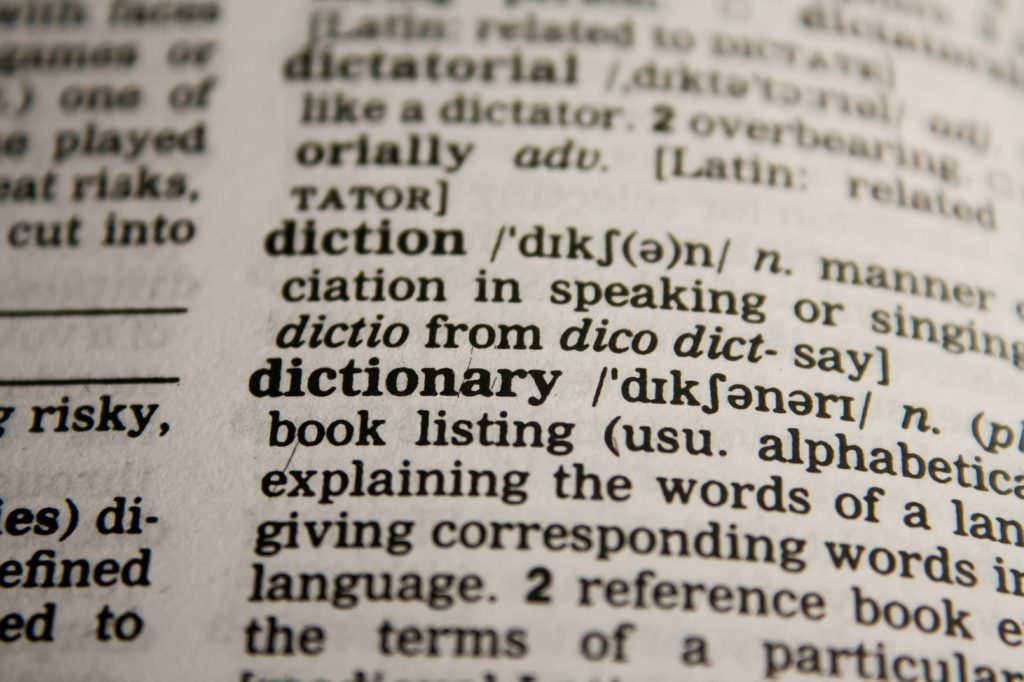How to Date as a Couple

Many people who begin the polyamory journey are already married. A common assumption is that the best thing to do would be to date the same person (especially if it is a male/female couple). The poly community has a lot to say about this configuration, but below is a comprehensive guide to navigating this style of poly. Consider the points below, and if even one applies to you, I’ll have some suggestions for you.
Are you new to non-monogamy? When people say, “we want to date as a couple,” they mean they want to manage the speed and direction of the relationship with a third person. It is actually rare that a person will be interested in having a relationship with both parts of a couple. These relationships start out with mutual interest, but usually the third person decides to follow their desires and spend more time or energy with the person they are most attracted to. When this happens, the left out partner may feel jealous or that the relationship is not equal. The way to resolve this is by communicating, but often partners react with accusations of cheating or by forcing the relationship to end.
Have you just started your search for a third partner? Couples spend a lot of time looking for the perfect partner. Just as it may take years to find a person to marry in the monogamous world, it may also take time to find a polyamorous person willing to date a couple. It’s also possible that the couple may find themselves perfect for each other, but they may have an unhealthy relationship, live too far away, or are otherwise unattractive to a third person.
Do you assume a third person will only spend time with you as a couple? Many people assume poly people always date together. In fact, poly people (even couples) give space for individual relationships to develop. Polyamorous relationships are always constrained by time. When one partner is more available than the other, it makes sense date separately so that they can enjoy their new relationship. Couples that choose to date together usually artificially limit the space for conversations and intimacy. That means deep relationships with each individual may never develop the way they could if people dated separately.
Did one partner choose polyamory, and the other partner is going along? Very often, the decision to become polyamorous is driven by one partner. The other partner may want to save the marriage or to make their partner happy, but often they are hiding feelings of inadequacy or reluctance. If these feelings are not worked out, they will turn into resentment and unhealthy actions. If infidelity is part of the couple’s past, they have even more work to do before a third person can have a healthy relationship with them.
When you envision a triad, are you only considering the sexual element? Some couples tend to emphasize sexual relationships over the emotional bonds formed in a triad. This often happens when the couple is looking for a solution to marital difficulties. A new person brings sexual excitement and novelty, which focuses the sexual energy on them.
The period of New Relationship Energy (NRE) may mean the other parts of the relationship (if they are desired) are neglected. Another common scenario is that a husband wants his wife and the new partner to be bisexual, so that they can all have sex together. This puts pressure on both women, who may not be interested in each other or may only be pursuing bisexuality to please their male partner.
How much will your third partner share your life? The third person is often not considered a partner when it comes to sharing the home, finances, or child rearing. The common reasoning is that the third person hasn’t earned their place yet. In polyamory, relationships do not require a test of loyalty or commitment. Experienced poly people use communication to negotiate access to different parts of their lives from the very beginning.
Similarly, couples often form a hierarchical relationship with a third person to maintain appearances for family or friends. The third person may be excluded from company parties, family gatherings, childcare pickup, or even the front seat of the car. Polyamorous people are free to choose this type of relationship, but it’s important that it is done as part of a negotiation that acknowledges the needs and desires of all.
Have you established boundaries and communication protocols for the third person? Often couples assume the third person will only date the couple. Polyamorous people are often in multiple relationships at once, so it’s unrealistic to expect to find a single poly person right away. The decision to date only within the triad must be made with the third person, not before meeting them. In the same way, couples that have not examined their own relationship agreements tend to assume that their practices (around safe sex for instance) will be the same with the third person. The third person who joins a relationship has their own practices that must be negotiated in the new triad.
Have you experienced bias in polyamory groups against your ideal configuration? There are healthy triads that have started with a couple already together. There are people who have successfully engaged with couples. However, the most vocal people in groups tend to be those with negative experiences. The appropriate response is to acknowledge each person’s experience and move on. Instead, many people react negatively and argue that not all couples are that way. This argument confirms the bias against couples and casts the arguing couple in a negative light.
Do any of these situations apply to you? If so, consider these suggestions:
Attend a poly friendly marriage counselor. Understand your communication styles and pick at any underlying issues that are causing dissatisfaction. Create a healthy marriage for yourself, which may eliminate the desire to add another person.
Start dating separately to understand your individual needs and wants. Polyamory often brings up hidden or unknown desires and insecurities. Use your separate dating time to learn how you as an individual are able to process feelings of jealousy, inadequacy, and even happiness while you are dating someone new. Observe your own feelings when you see your partner doing the same. If you have developed good communication skills, you’ll be able to handle road bumps easily. This will prepare you for dating a person together as a couple.
Consider having one partner date people to find your ideal match if you are not willing to date separately. Most male/female couples use the wife to try to find a potential partner. My recommendation is that the husband begin the search for a partner using the poly tools of communication and honesty. He is very likely to see a lot of rejection, as many poly men do. This will prepare you as a couple for the long journey of finding a partner for both of you. It is also an opportunity for the woman to examine her insecurities and biases against new partners. If she feels uncomfortable with a partner, is it because they have qualities she lacks? Is she able to handle time on her own and let her husband enjoy the dating process? Is the couple able to establish boundaries that do not interfere with the agency of the new partner? If so, both members of the couple will be more than ready to find a new partner that will date both of them.
Follow these suggestions, and you will understand that dating as a couple takes time. In the meantime, you can do work both as individuals and as a couple to prepare for meaningful poly relationships.
If you’re part of a couple, read this article about the three questions you should ask before starting your polyamory journey.






Great article. Lot’s of great advice for couples.
Excellent read!!
Amazing article. Thank you for sharing!!